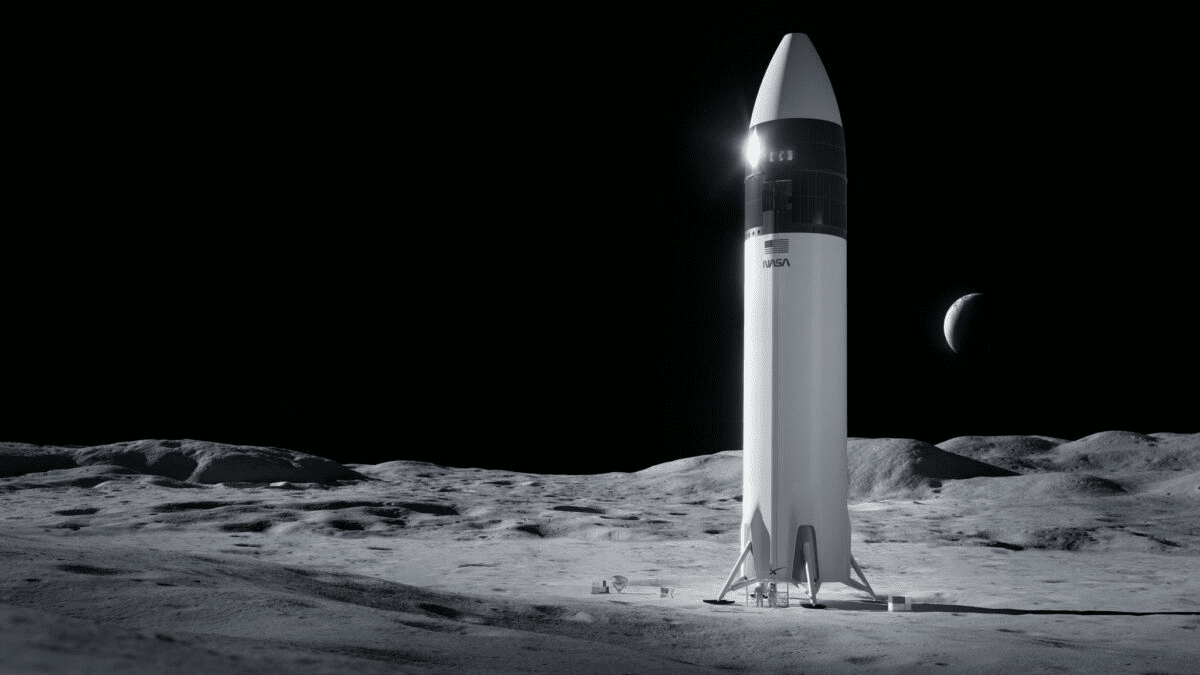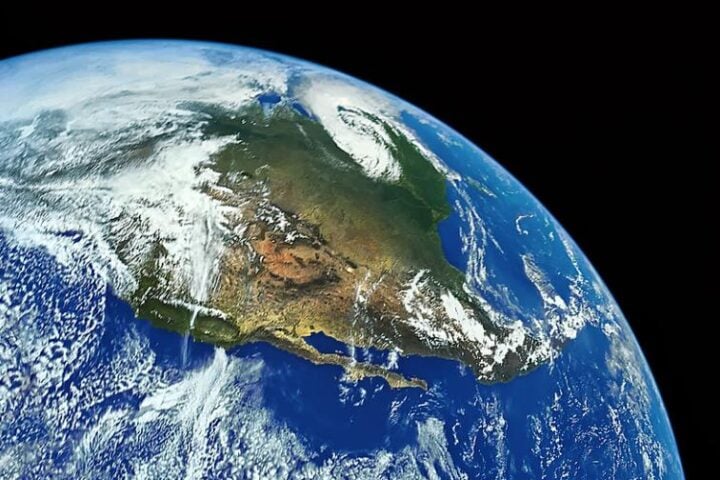NASA is completing preparatory work to launch its Orion spacecraft during the Artemis II mission in a bid to establish a long-term scientific and human presence on the Moon. In a historic step, NASA announced that it will be sending the first woman and a person of color to the moon.
On April 3, NASA and the Canadian Space Agency (CSA) will share the details of four astronauts who will be sent to the moon. The announcement will be streamed live on NASA Television, the NASA app, and the agency’s website. The Artemis II mission will launch its first crewed ascent aboard NASA’s foundational human deep space capabilities, including the Space Launch System rocket, Orion spacecraft, and all the ground systems needed to launch them. The mission will have three NASA astronauts and one Canadian, showcasing the agency’s commitment to international collaborations through the Artemis program.
Artemis II is the next phase after the successful Artemis I flight test. Artemis 1 had launched an uncrewed Orion on a 1.4 million-mile trip beyond the Moon to test systems before astronauts fly them to the Moon. NASA plans to partner with commercial and international players to establish the first long-term base on the moon and then use what is learned on and around the moon to send the first astronauts to Mars.
The agency claims scientific discovery, economic benefits, and inspiration for a new generation of explorers as its reasons for going back to the moon, which it labels the “Artemis Generation.” NASA’s plans to build an Artemis Base Camp on the moon, which will help astronauts and robots to explore more and conduct more science than ever before. Through the Artemis program, NASA aims to highlight American leadership in exploration and set up a global alliance to explore deep space for the common good.
- Migratory Bird Treaty Act Rollback Ends Penalties for 1 Billion Industrial Bird Deaths Yearly
- Astronaut Don Pettit Returns After 590 Days in Space: Post-Landing Health Check
- Nitazenes NT Warning: Deadly Opioids 500x Potent Found First Time Before Festival
- Tesla Odometer Lawsuit Alleges Mileage Inflation Cuts Warranty for 1M California EV Owners
- Lead in U.S. Tap Water Affects 250M People, EPA Data Shows Widespread Health Violations
The Artemis II mission is one of the initial leaps towards NASA’s long-term goal of establishing a sustainable human presence on the moon. The moon base will eventually become a stepping stone for human exploration of Mars.

















